Hate Speech, Media Trial, Vilification : When Media Excesses Came Under Scrutiny In 2020
Manu Sebastian
30 Dec 2020 12:09 PM IST
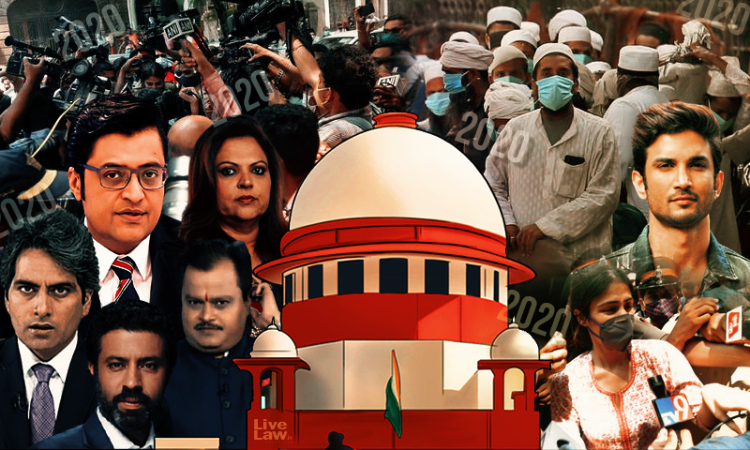
This year witnessed the Courts increasingly admonishing media excesses and regulatory authorities trying to enforce a semblance of accountability.
In the early days of April this year, when the country was in the grip of dread and anxiety on account of the COVID19 pandemic and the national lockdown, a section of media felt that it was the right time to unleash a communal propaganda. During the last week of March, around 1500 followers of Tablighi Jamaat sect held a congregation at Nizamuddin Markaz in New Delhi. There is no denying that the religious assembly of such a large group amid the pandemic was highly irresponsible. As it turned out, several attendees tested positive for coronovirus, many of them being foreign nationals. The Tablighi Jamaat congregation attracted widespread criticism, quite rightly, for their callous and thoughtless actions.
However, a section of mainstream seized this moment to escalate a vicious hate campaign by stoking communal sentiments. Prime time channel debates ran a narrative to blame the entire Muslim community and even launched a malicious campaign that the event was a deliberate ploy to spread coronavirus in India by depicting it as some sort of "Islamic insurrection", "jihad" etc. Hashtags and imagery targeting hate at Muslim community were used. Some media published wholly false rumours about Tablighi members attacking doctors and nurses who were trying to treat them(Refer this Newslaundry story for a detailed report about such communal campaigns).
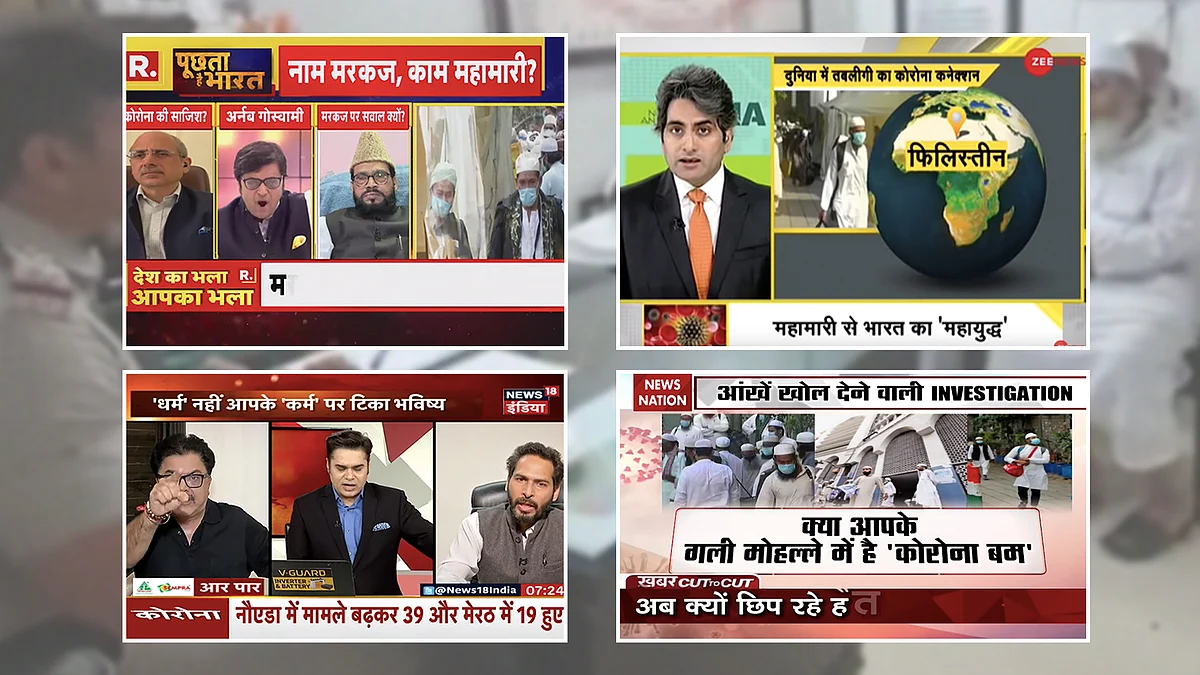
For the discerning ones, it was clear that these reports were wholly unfounded. Eight months after such reports, we have with us a bunch of court judgments which disprove these reports and expose the communal mindsets which drove them.
In August, the Bombay High Court, while quashing FIRs/Chargesheets against Tablighi Jamaat foreigners, came down heavily on the media propaganda against them.
"There was big propaganda in print media and electronic media against the foreigners who had come to Markaz Delhi and an attempt was made to create a picture that these foreigners were responsible for spreading COVID-19 virus in India", the Court said adding that there was "virtually persecution" against these foreigners.
After noting that no offence was made out against them, the Court observed : "The material of the present matter shows that the propaganda against the so called religious activity was unwarranted".
The Court also added that they were made "scapegoats" and that the present numbers of COVID-19 cases in India show that the action against Tablighi Jamaat attendees was unwarranted.
Courts in Mumbai, Delhi, Bihar, Uttar Pradesh, Tamil Nadu have exonerated many Tablighi Jamaat members after holding that there was no basis for criminal prosecution against them. In one case, a court in Delhi observed that it was possible the Tablighi foreigners were 'maliciously prosecuted".
While the media houses which indulged in this shameless campaign are yet to face any action, it is a notable development that the Tablighi Jamaat issue is one of the many instances of media excesses getting called out by courts in 2020.
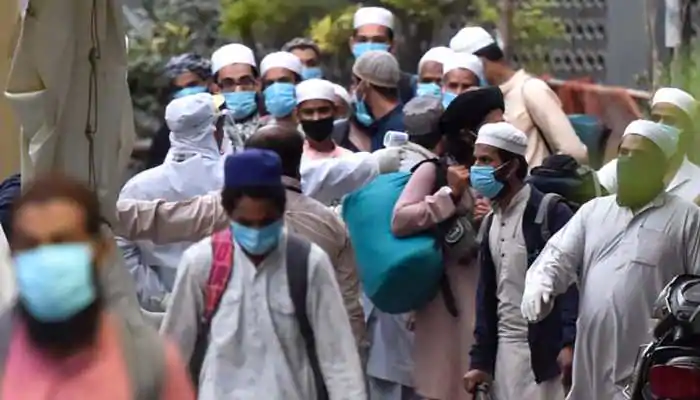
Media Trial in Sushant Singh Rajput Case
When popular Hindi film actor Sushant Singh Rajput was found dead in his Mumbai residence on June 14, no one would in their rights minds would have imagined even in their wildest dreams that it would be the starting point for a sustained, vicious media trial.
What we witnessed was an absurd, obnoxious and at times laughable series of media reports which sought to frame Rhea Chakraborty, Sushant's ex-partner, as responsible for his death. The media reportage was peppered with a heavy dose of misogyny, disregard for process of law and bordered on voyeurism.
In tune with the media narrative, the Supreme Court handed over the investigation to the CBI through a questionable verdict, even without finding any fault with the Mumbai police probe.
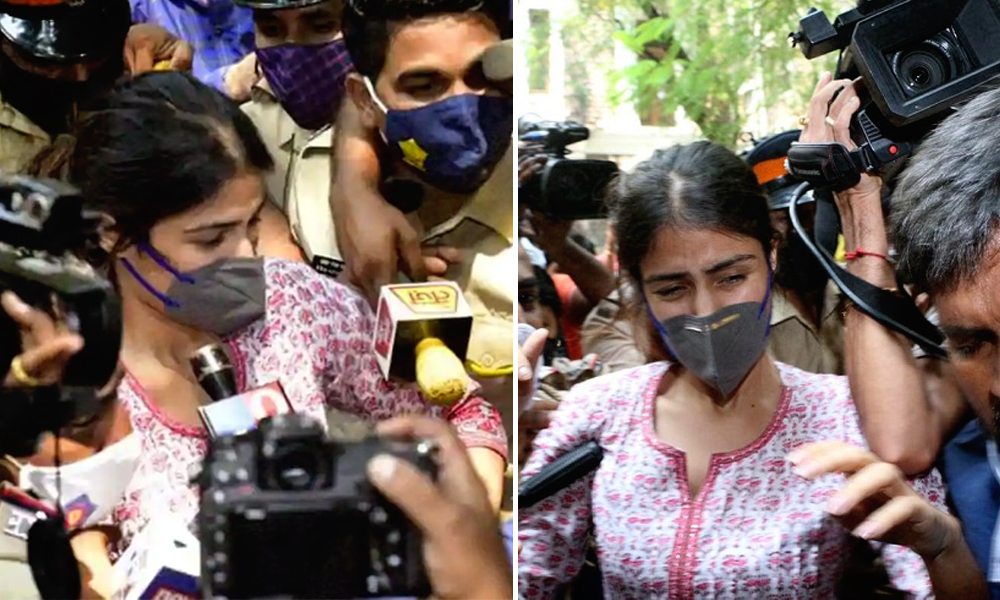
After the probes by the CBI and the Enforcement Directorate into murder angles and swindling charges against Rhea Chakraborty hit a roadblock, it was the Narcotics Control Bureau which satisfied public hysteria by arresting her under the NDPS Act. The case against her was preposterous. The NCB's lawyer argued in the Court that lending money to Sushant for buying a few grams of ganja amounted to 'facilitating' drug trafficking and not informing authorities about his drug consumption habit amounted to 'harbouring' of offender so as to attract the serious, non-bailable offence under Section 27A NDPS. The Bombay High Court rubbished these allegations. The Court observed it was ludicrous that Rhea has to face grave charges when Sushant, the ultimate beneficiary, can get away with minor penalties. The High Court granted Rhea bail observing that she was not part of drug dealers. But by that time, she had to spend almost a month under custody.
Meanwhile, a batch of PILs were filed in the Bombay High Court seeking to restrain the 'media trial' carried out in the case. A division bench of Chief Justice Dipankar Dutta and Justice G S Kulkarni made several critical oral observations against the media flouting journalistic norms while reporting criminal investigation such as :
"If you become the investigator, prosecutor and the judge, what is the use of us? Why are we here"
"If you are so interested in unearthing the truth, you should have looked at the CrPC! Ignorance of law is no excuse"
The bench also asked the lawyer of Republic TV if asking the public who should be arrested in a case is part of investigative journalism. This was in reference to the hashtag campaign '#ArrestRhea' run by the channel in Twitter following the death of Sushant Singh Rajput.
"Is this part of investigative journalism? Asking public about their opinion on who should be arrested?", the bench asked.
"Journalists were responsible back then & neutral, now media is highly polarised(sic)", the Court remarked. The Court also said that the concept of self-regulation of media has failed.
"We would like the media not to cross boundaries", the Court said while reserving judgment of the PILs. The bench indicated that it was considering to lay down guidelines to regulate media trial. The judgment in this case is awaited.
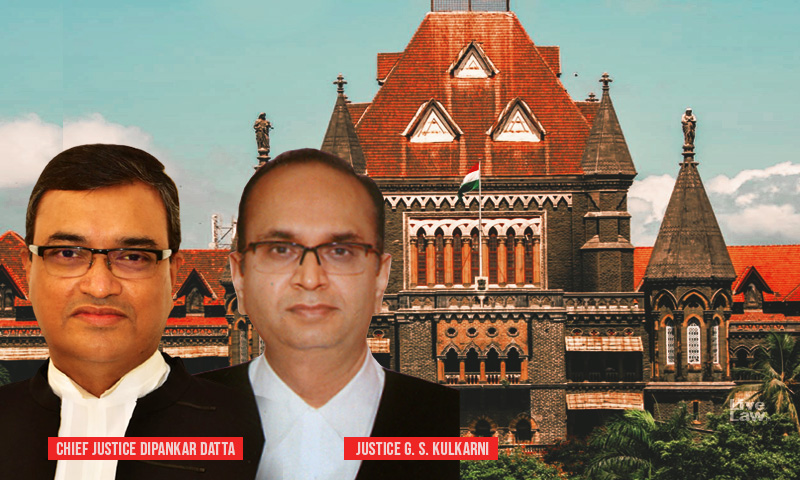
Sudarshan TV News Case
In what seems to be a campaign induced by a combination of jealousy, insecurity feeling and religious bigotry, 'Sudarshan TV News' announced in August that it will telecast a ten episode series in the wake of several Muslim candidates, particularly the graduates of Jamia Milia Islamia of Delhi, clearing the coveted civil services exam. Projecting this as a 'jihadist' conspiracy to 'capture' the posts in Indian civil services, Suresh Chavhanke, the chief editor of Sudarshan TV News, shared a trailer of the show in Twitter, which was brimming with over the top bigotry. Chavhanke even dared to tag Prime Minister Narendra Modi in his objectionable tweet.
The transcript of the show's trailer, which was captioned 'UPSC Jihad', was so blatantly offensive that a single bench of the Delhi High Court stayed the telecast of the program after prima facie observing that it was violative of the Program Code framed under the Cable TV Act. The Court asked the Ministry of Information and Broadcasting to take a decision on the complaints against the show.
Meanwhile, another petitioner had directly approached the Supreme Court against the show. The Supreme Court initially declined to put a stay on the telecast of the show, observing that it was difficult to pass a "pre-broadcast order" a few hours before the episode was scheduled to be aired.
When the Supreme Court considered the case against the show next on September 15, it found the four episodes of the show which had been telecasted by then to be offensive.
"You cannot target one community and brand them a particular manner. This is an insidious attempt to malign a community", a bench headed by Justice D Y Chandrachud fumed at the show.
"As a Supreme Court of the nation, we cannot allow you to say that Muslims are infiltrating civil services. You cannot say that the journalist has absolute freedom doing this", the judge said.
The Court stayed the telecast of the further episodes of the show after making a prima facie observation that "the object, intent and purpose of the program is to vilify the Muslim community with an insidious attempt to portray them as part of a conspiracy to infiltrate the civil services"

Double Standards by Centre
In March, the I&B Ministry passed an extraordinary order to suspend the telecast of two Malayalam channels "Asianet" and "Media One TV" for 48 hours over their reports about the communal riots which took place in Delhi in February. As per these reports, Muslims were attacked by Hindutva groups with the active connivance of Delhi police. Even without any finding that the reports were false or baseless, the Ministry was swift to penalize these channels.
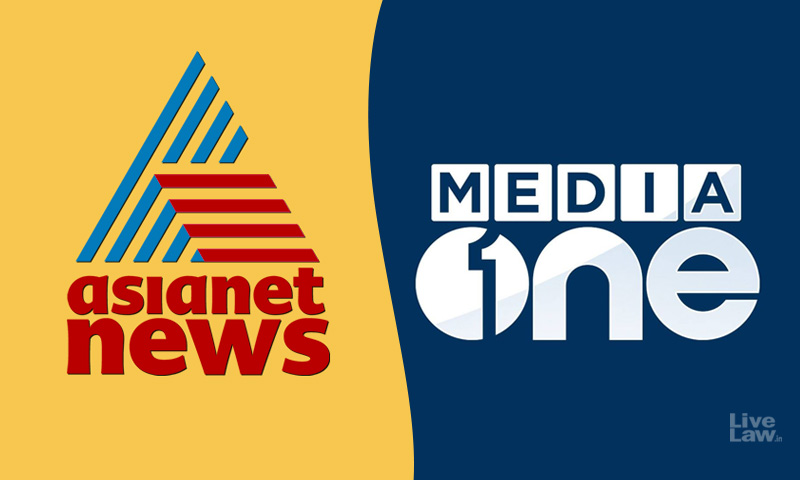
However, such promptness was not forthcoming when it came to brazen instances of hate speech in media. For example, in the case of 'Sudarshan News TV', the Ministry vacillated in taking a stand. Initially, it gave green signal for the telecast of the show with a mild caution that the channel should ensure that the program should not have contents violating the Program Code.
In the counter-affidavit filed in the Court, the Centre did not take a clear stand with respect to 'Sudarshan News program'. Instead, the Centre diverted the issue by talking about the need to regulate digital media.
The SC bench criticized the Centre for not keeping a watch on the contents of the 'UPSC Jihad' show of Sudarshan TV, after it allowed its telecast on condition to comply with the Program Code.
It may also be recalled that the Bombay High Court also remarked that self regulation of media has failed while considering the cases against media trial in SSR case.
Following such repeated criticism from the courts, the NBSA passed few orders to make its presence felt.
In October, the NBSA imposed a fine of Rupees One Lakh each on Zee News, Aaj Tak, India TV and News 24 for their insensitive reporting of Sushant Singh's death. The channels were also directed to air a public apology for such reports.
Earlier this month, the NBSA found the news channels Zee News, Zee 24 Taas, Zee Hindustani, TimesNow, India Today, AajTak, India TV, News Nation and ABP News at fault for their vilifying and slanderous reports linking Hindi film actor Rakul Preet Singh to drugs.
The deterrence effect of such belated and half-hearted responses by NBSA to violations of journalistic norms is a matter of debate.
Bollywood v TV Channels
This year also witnessed a significant development of the film industry coming together against certain media houses for their slanderous and defamatory reports.
Thiry four big production houses and four major associations of the Hindi film industry jointly filed a suit in the Delhi High Court seeking to restrain journalists such as Arnab Goswami and Pradeep Bhandari of Republic TV, Navika Kumar and Rahul Shivshankar of Times Now and several unknown defendants and social media platforms from publishing "irresponsible, derogatory and defamatory remarks against Bollywood members".
The plaintiffs included the production houses of Bollywood big names Aamir Khan, Sharukh Khan(Red Chillies), Salmaan Khan, Ajay Devgn, Anil Kapoor and major production houses such as Yashraj Films, Dharma Productions (of Karan Johar), Nadiadwala, Excel, Vidhu Vinod Chopra films, Vishal Bharadwaj, Reliance Big etc.
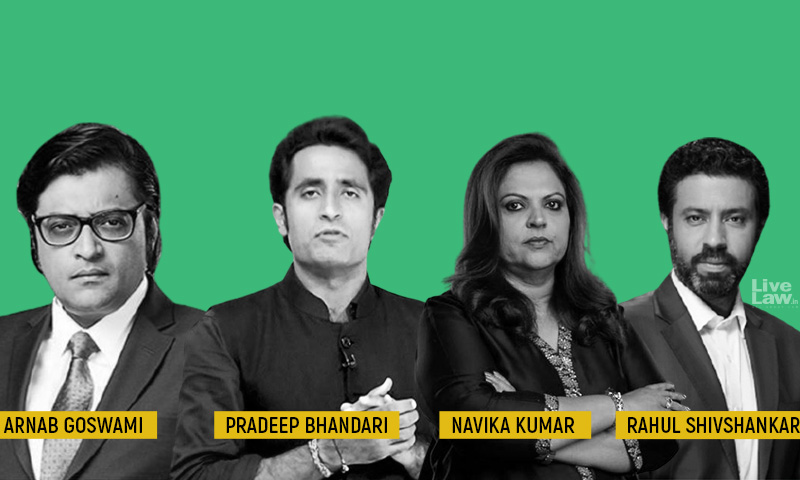
The film production houses and actors took exception to highly derogatory words and expressions used by channels for Bollywood such as "dirt", "filth", "scum", "druggies" and expressions such as "it is Bollywood where the dirt needs to be cleaned", "all the perfumes of Arabia cannot take away the stench and the stink of this filth and scum of the underbelly of Bollywood", "This is the dirtiest industry in the country", and "cocaine and LSD drenched Bollywood".
On November 9, a single bench of the Delhi High Court told Times Now and Republic TV that they cannot run a "maligning campaign" and asked them to comply with the Program Code.
'Bring down the rhetoric' - Delhi HC to Arnab Goswami
In September, Delhi High Court told Republic TV Anchor Arnab Goswami to exercise restraint and 'bring down the rhetoric', in a plea moved by Sashi Tharoor MP seeking to stop defamatory broadcast against him in the case related to the death of his wife Sunanda Pushkar.
While issuing notice to Goswami to file a reply, the Single Bench of Justice Mukta Gupta highlighted that during the pendency of an investigation in a criminal case, media should refrain from running a parallel trial, or from calling someone guilty, or from making unsubstantiated claims.
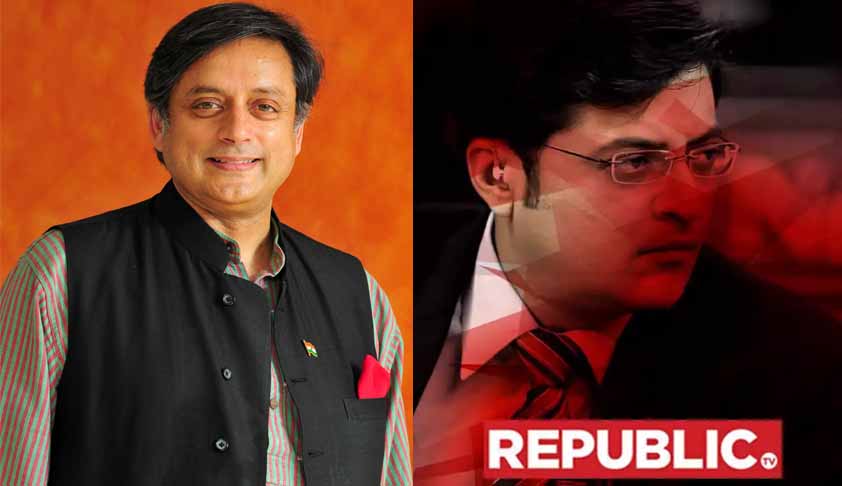
The Chief Justice of India, while hearing a case related to Arnab Goswami, made certain oral remarks disapproving the style of reporting of Republic TV anchor.
"You can be a little old-fashioned with reporting. Frankly speaking, I cannot stand it. This has never been the level of our public discourse", CJI Bobde told Senior Advocate Harish Salve, who was appearing for Goswami.
"There has to be responsibility in reporting. There are some areas one has to tread with caution. As a court, our important concern is peace and harmony in the society", CJI told Salve in reference to the Maharashtra police case which alleged that Republic TV debates communalized the Palghar lynching and Bandra migrants gathering incidents.
Hate speech case against Amish Devgan not quashed
The Supreme Court refused to quash the FIRs registered against News18 anchor Amish Devgan over his remarks against Sufi saint Moinuddin Chishti. The judgment delivered in this case( Amish Devgan v Union of India)contains an elaborate discussion on the concept of 'hate speech'. It discusses the distinctions between 'hate speech' and 'free speech', the need to criminalize 'hate speech' and the tests to identify it."In a polity committed to pluralism, hate speech cannot conceivably contribute in any legitimate way to democracy and, in fact,repudiates the right to equality", the judgment authored by Justice Khanna observed.
The Court also observed that persons of influence have to be more responsible in speech.
"Persons of influence, keeping in view their reach, impact and authority they yield on general public or the specific class to which they belong, owe a duty and have to be more responsible", said the judgment delivered by a bench comprising Justices AM Khanwilkar and Sanjiv Khanna.
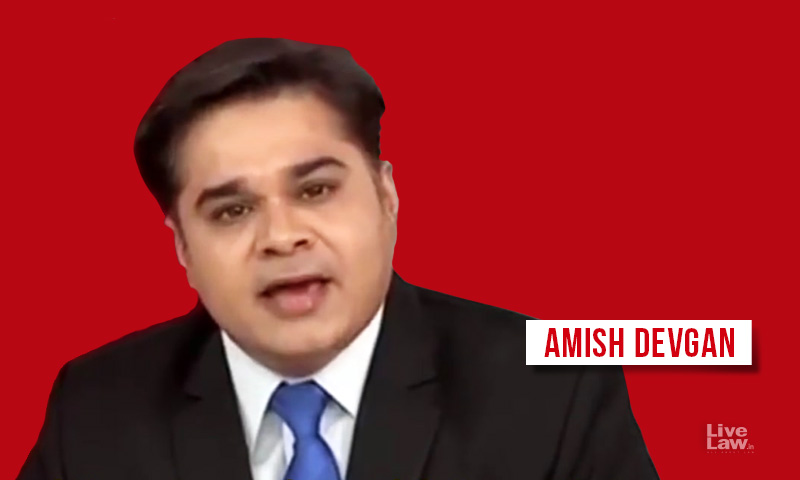
In this connection, it is worthwhile to mention that a PIL has been filed in the Supreme Court seeking the establishment of an 'independent media tribunal' to hold media acountable for hate speech, fake news etc.
While discussing these media excesses, one must also bear in mind that there is another side to the picture - there are still responsible media houses believing in and carrying out the core function of the fourth estate of hold power to account, which are facing increased pressure and threats from the establishments. The fact that India is ranked 142 out of 180 countries in the Global Press Freedom Index 2020 will put things in the right perspective. It is also notable the media houses, which are known for their repeated violations, also give the impression of being hand-in-glove with the establishment as they are seen consistently aiding pro-establishment narrative and attacking critical voices. Perhaps, that explains the sense of impunity enjoyed by them.


